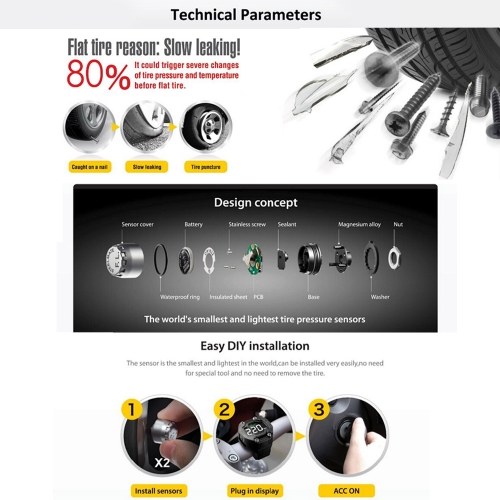A tire pressure sensor monitor ( TPMS) is a sort of electronic device that is capable of monitoring the air pressure inside pneumatic tires on all vehicles. It usually gives real-time pressure information to the driver through various means.
These means could be a gauge, a pictogram display, or even a very simple low tire air pressure warning light coming on.
Can Tire Pressure Sensors Leak Air? Certainly tire pressure sensors can and do leak air if conditions permit, such as when you remove a rubber snap-in valve based TPMS, the sensor from a wheel, or replace a tire sensor with an incompatible or new TPMS snap-in valve that is only designed to be used with a TPMS sensor.
Should you, for whatever reason, attempt to reuse the original rubber snap-in valve and its core, air may also leak out of your tire too.
Table Of Contents
Yes, a TPMS can leak air provided the necessary conditions allow it to. For instance, if you replace an old one with a new TPMS snap-in valve meant for use only with a TPMS sensor, air may leak out due mainly to their incompatibility.
Secondly, if you make any attempt to reuse an original rubber snap-in valve and its core, the tire air may also go out. In fact, various kinds of malfunctions can make a tire pressure monitor sensor leak air profusely.
It is indeed easy for you to know whether your tire pressure sensor is bad or not. Sometimes, the TPS warning light may suddenly come on, but after driving for a short while, the light may go off, if everything is fine.
However, if it refuses to go off as it should, and you later discover your tire pressure to be normal after inspection, then obviously you may have a tire pressure sensor malfunction on your hands. Some of the following symptoms diagnose a TPS sensor malfunction or damage :
( 1). Showing low tire air pressure even when they are normal. In other words, giving out a false alarm.
( 2). TPMS warning light illuminates. Sometimes the warning light of the system may come on even when there are no reasons for it to.
( 3). If the device gives out an incorrect warning not related to any tire air pressure conditions, it implies a bad sensor as well.
Furthermore, if the device fails to give you any warning to notify you of a deflated tire, it may be bad. Also, if its warning light does not come on in the presence of a depressurized tire, it is a bad sign too. The sensor can also signal its malfunction if it gives wrong warning signals when nothing is actually the matter with your tires at all.
Also, if its warning light does not come on in the presence of a depressurized tire, it is a bad sign too. The sensor can also signal its malfunction if it gives wrong warning signals when nothing is actually the matter with your tires at all.
It is quite easy to repair a bad tire air sensor. First, unmount the tire with the bad sensor. Once this is done, you can simply remove the bad sensor and replace it with one that is working fine. After installing the new sensor in the tire, remount your tire and reinflate it too. This will do it.
Trending Searches
It is certainly wrong to drive with a tire pressure sensor fault. This is particularly so when the TPMS light stays on permanently.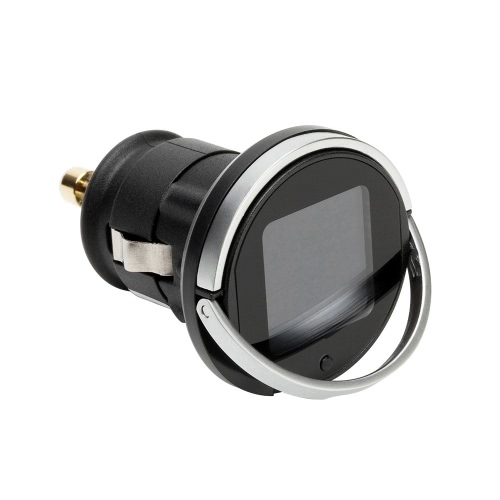 If the light stays on, it simply means that your tires are under or over-inflated.
If the light stays on, it simply means that your tires are under or over-inflated.
This development can cause unnecessary accelerated wear of the tires, which could lead to tire failure or even a sudden blowout. This is agreeably a dangerous situation for both you and other road users as well.
How long does TPS last?Tire pressure sensors use the Lithium-ion battery in most cases, which can last for as long as between 5 to 10 tears, though about 5 to 6 years is their projected safe life span for the older versions of tire pressure sensors.
The Li-ion battery inside TPMS sensors can last anywhere between 5 to 10 years, and so will the sensors themselves.
How do you remove TPMS?Removing the tire pressure sensor is indeed an easy task that can be accomplished in mere minutes, provided you got the correct tools. First, you must unmount the tire from the rim.
Thereafter, proceed to uninstall the faulty sensor and replace it with a new one.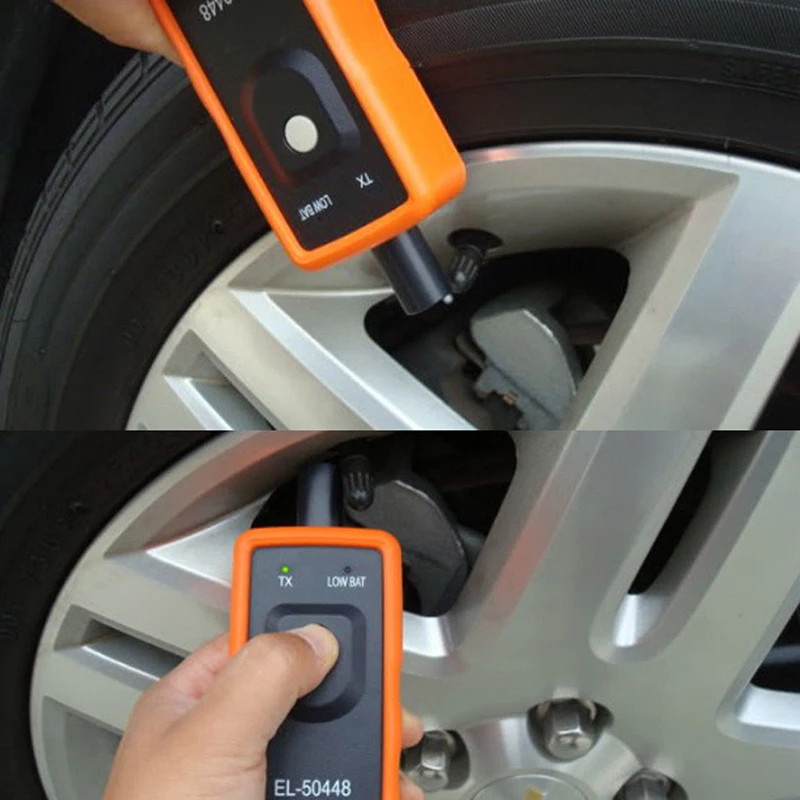 Finally, inflate your tires through any of the conventional ways discussed in the article previously and you are good to go.
Finally, inflate your tires through any of the conventional ways discussed in the article previously and you are good to go.
If you want to fix a tire pressure sensor without replacing it, simply apply thread lock sealant to the outside of the threads of the recourse sensor, and save about1/8 inches from the end that has no valve cap on it in the process.
Frequently asked questions(FAQ)Can you replace a TPS with a regular valve stem?No, you cannot. If you replace a TPS sensor with a regular or conventional valve stem, it is an avenue given for your tires to leak air. In other words, the TPS is not compatible with a regular valve stem. Simple.
When should a TPS be replaced?A tire pressure sensor should be replaced whenever it begins to leak air unnecessarily. It is also due for replacement when it gives false alarms and generally functions in ways that are simply unusual or not normal.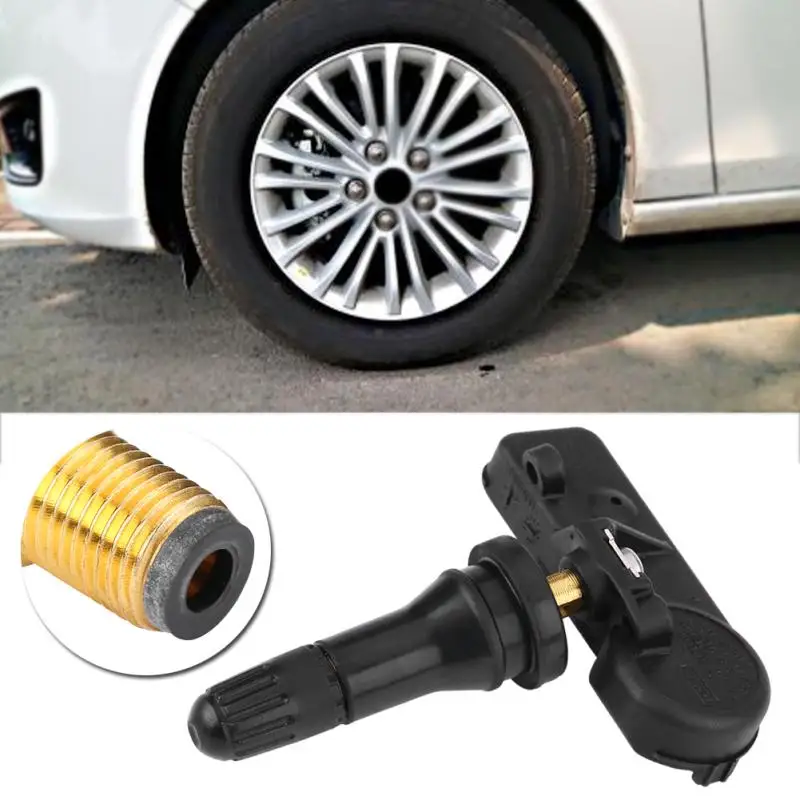 (Read Also:Does Spare Tires have TPMS?)
(Read Also:Does Spare Tires have TPMS?)
Of course, Walmart installs tires. In fact, Walmart offers all kinds of basic tire services including a road hazard protection warranty as well. At Walmart, valve stems or TPMS service installation cost only about 3 dollars for each tire. In reality, Walmart installs tire valve stems even on cars that do not have the TPMS.
Can Walmart program TPMS sensors?Definitely, Walmart programs TPMS sensors. A sensor can relearn itself while just driving for a few miles only if you have the original TPMS on the wheel.
However, you should make sure that your tires have sufficient air based on how many PSI is on the sticker on the driver’s door.
A new TPMS sensor has got to be reset with a special tool. All valve stems issued from the aftermarket TPMS sensors that come as programmable, universal, or clone-able sensor units, can be reprogrammed.
However, these sensors must be programmed using the proper protocol or application details for the vehicle before they can be installed.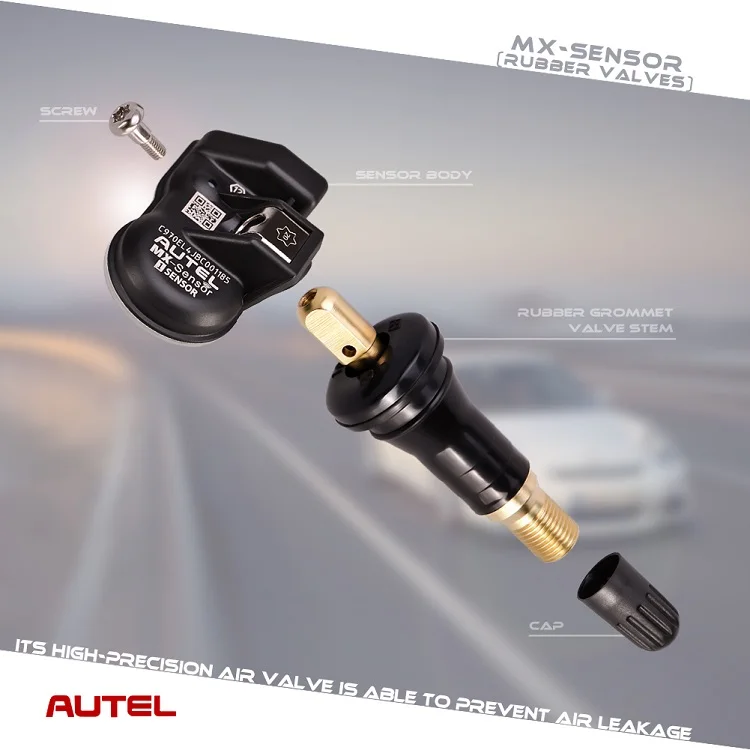
Yes, Walmart will install tires you bring in, provided such tires are bought at any Walmart store with a Tire and Lube Express. You can have recommended tires installed at Walmart even though the cost of doing so may vary from place to place.
To get this done without any delay, simply print a copy of your order confirmation page or email, and bring the same when you pick up your tires. This will definitely give you a faster in-store service always.
Is TPMS worth it?Yes, TPMS, as the latest technology in proper tire use and maintenance is more than worth it, if I may say. In addition, the good news is that you really do not have to replace all 4 tires with TPMS if only about 1 or 2 are faulty. This has the tendency to reduce the overall expenses or costs of any replacements. So, yes, TPMS is certainly worth it.
Do I need to replace TPMS when replacing tires?This depends on a lot of things really.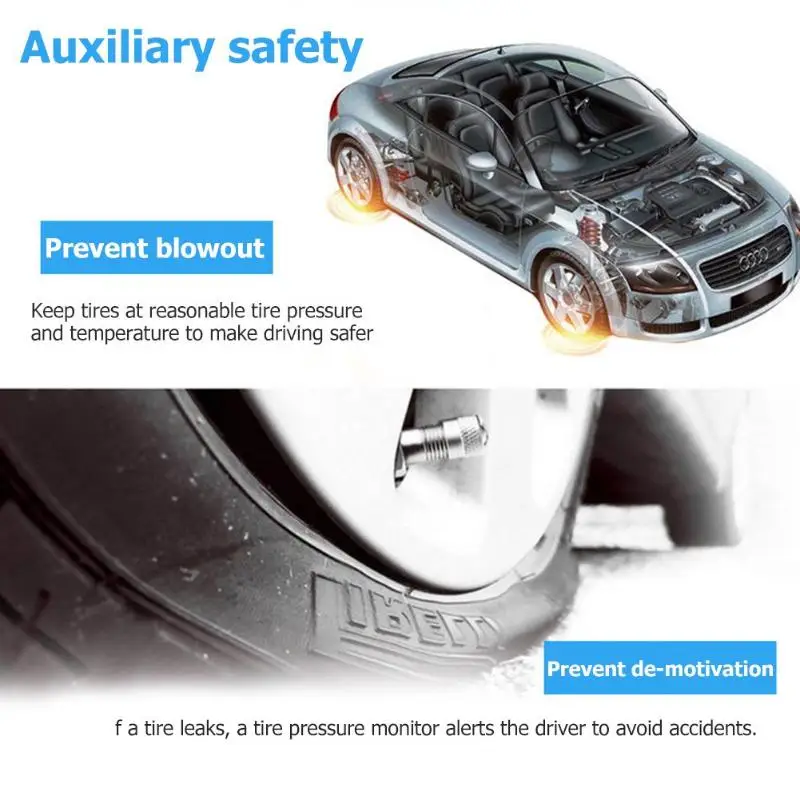 Notably, most experts recommend that you should service your TPMS after changing or installing new tires or wheels by just replacing their valve cores, while at the same time retaining their nut seals and caps on the valve stems.
Notably, most experts recommend that you should service your TPMS after changing or installing new tires or wheels by just replacing their valve cores, while at the same time retaining their nut seals and caps on the valve stems.
After all, these, test the system in order to make sure that everything is just fine. Many direct systems are known to display the actual air pressure in each tire.
So, essentially, you may not really have to change the entire TPMS whenever you are changing tires since you have the option of changing only their valve cores while retaining the nut seals and caps of the valve stems.
What is the cost of TPMS?The cost of TPMS service and replacement varies from one auto shop to another. However, for most auto specialists, the cost starts from about 40 to 100 dollars for each sensor.
This will ultimately give you about 160 and 500 dollars for a set of 4 sensors. In reality, it costs close to 30 or 70 dollars including the labor of installation.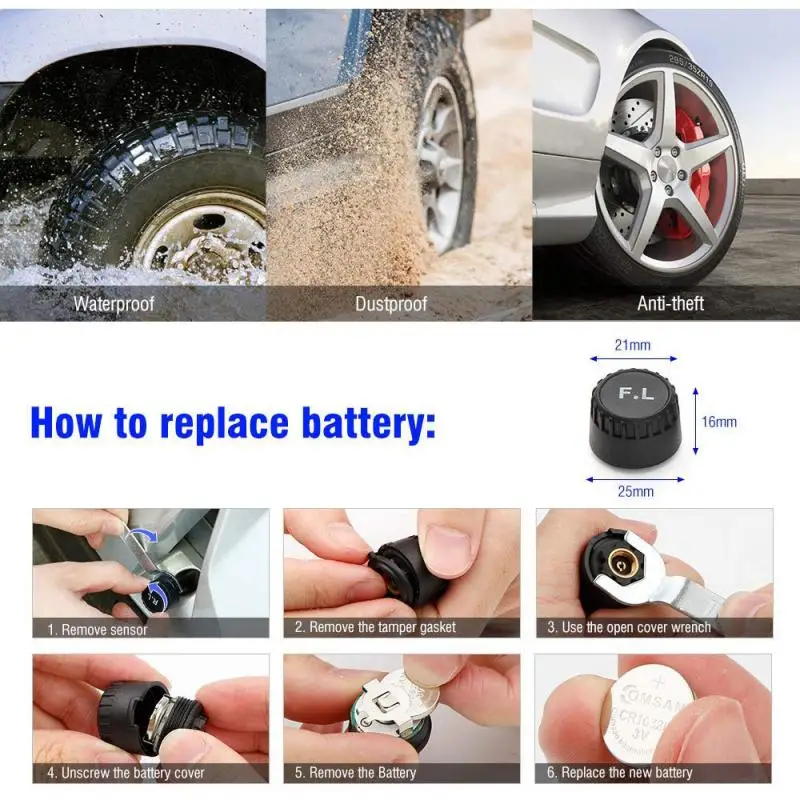 A careful online search will likely reveal some of the most reliable auto shops nearest to you that can do it well.
A careful online search will likely reveal some of the most reliable auto shops nearest to you that can do it well.
Generally, your TPMS light is supposed to come on whenever there is something the matter with your tires or their accessories. However, sometimes the lights can come on even when there are no complaints.
But whenever this happens, under normal circumstances, the lights will go off after you have driven for just a short while only, if all is well with your tires.
If they fail to automatically go off on their own even after driving for about ten miles, there may really be the need to get them to reset according to the producer’s accompanying manual.
How does one maintain tires for best performances?It is commonly said, and rightly too, that those vehicle tires are actually the next best thing in the vehicle after its engine. In fact, it may not be out of place to place them side by side in importance.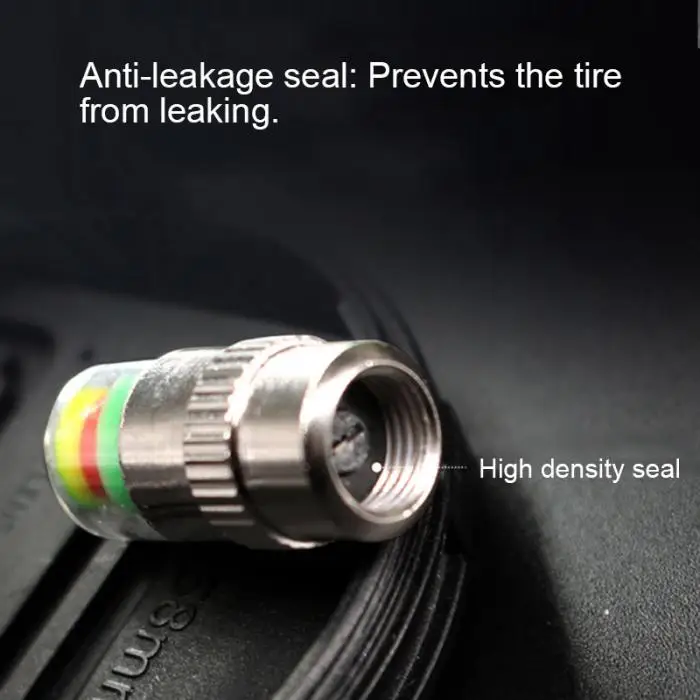 After all, none of them is useful without the other.
After all, none of them is useful without the other.
There is no gainsaying therefore that, our vehicle tires need and deserve any attention we give them. First, make sure that your tires are normally inflated. This means that they must not be either under or over-inflated by putting in the correct tire PSI recommended by the manufacturers.
Always make sure that you check your tires regularly while looking for anomalies or any odd changes. Furthermore, refrain from parking your vehicle in sunny environments by making sure that you park only under shaded trees or in roofed garages.
Check for signs of any abnormal or accelerated tire wear and tear. Doing this on regular basis will also enable you to discover any potential problems with other vehicle components, such as the wheel bearing, for instance.
Drive very carefully and apply the brakes properly too. Whenever you are cleaning or washing your vehicle tires, use only those cleaning agents recommended by the manufacturers.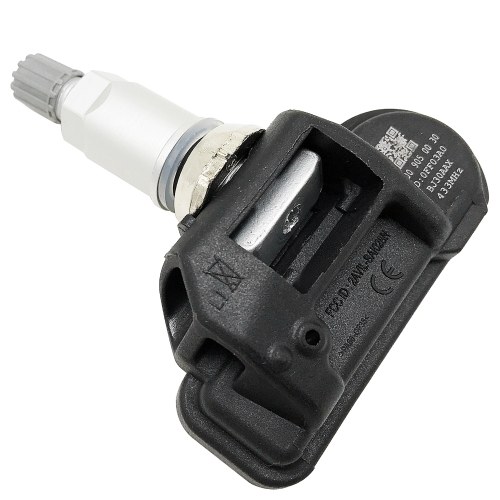 In addition, do not use tire shiners that are either injurious or corrosive to rubber or plastics.
In addition, do not use tire shiners that are either injurious or corrosive to rubber or plastics.
Part of driving carefully and using your tires properly include being careful always in order to avoid hitting potholes or other obstacles that may be present on the roads.
If you maintain this stance, your tires will not be as threatened as when you don’t, regardless of the terrain or nature of the roads you commonly ply. Make sure that you always refer your tires to qualified tire specialists for all your tire issues or complaints.
Can Tire Pressure Sensors Leak Air – ConclusionThe TPMS is indeed an innovation that is like no other when it comes to tire maintenance. It is primarily designed to warn or alert you whenever there is something the matter with your tires.
Because of the indispensable role it plays in effective tire maintenance, you are not at all advised to ignore it whenever its warning light is showing.
The moment you notice that its light is up, park at a safe place and inspect the tires very carefully.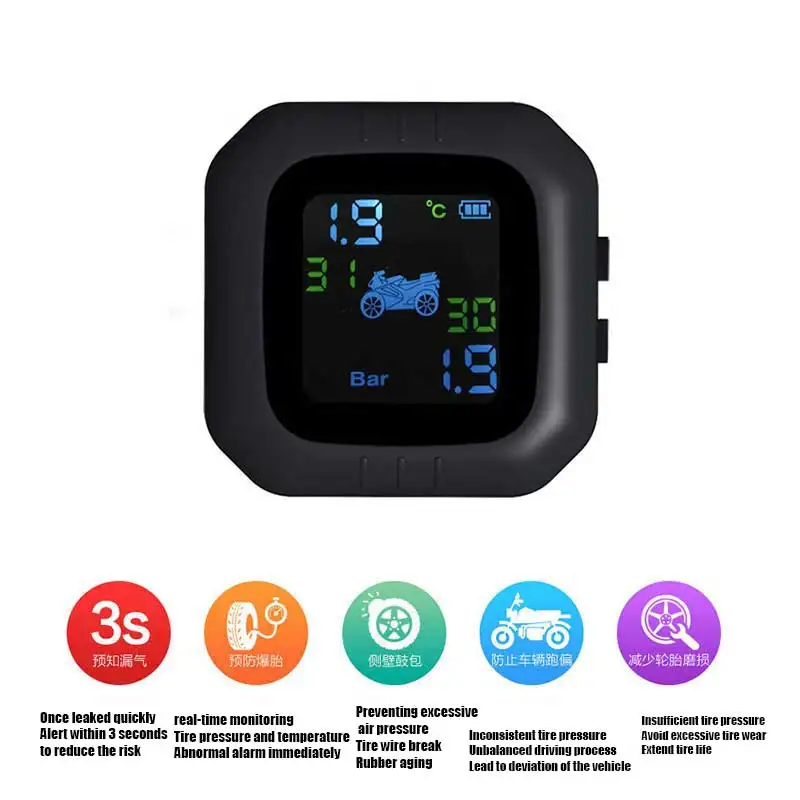
You may really have the best of high-quality tires, but if your maintenance culture is poor, they may not be in your service for as long as they should or even as efficiently.
Whenever their parts or other accessories are not compatible, refrain from swapping them for fear of taking unnecessary risks.
A slow tire leak is more than just a nuisance. A leak can lead to low tire pressure. Not to mention, prolonged running on an underinflated tire can lead to more extensive tire damage or even cause a dangerous blowout.
If you’re experiencing a slow leak, here are some things to look for:A tire puncture: It is a common misconception that a puncture will cause the tire to immediately go flat. However, in many cases the object that caused the puncture remains lodged in the tire and prevents the air from leaking out quickly. As with all tire leaks, it is important not to ignore a puncture. Eventually to object will either wear down and/or work its way out of the tire. For more on this read our article How to Repair a Tire with a Safe, Permanent Fix.
Eventually to object will either wear down and/or work its way out of the tire. For more on this read our article How to Repair a Tire with a Safe, Permanent Fix.
Wheel damage: Another common cause for slow tire leaks is damage to the area where the tire bead meets the rim. This type of damage is typically cause by the driver hitting the curb, taking a speed bump at high speeds OR those dreaded potholes! The impact deforms the wheel’s metal surface which may cause the tire to pull away from the mounting surface of the wheel.
Valve stem damage: The third most common cause for slow tire leaks is worn out or damaged valve stems. Time, use and exposure to elements can cause your valve stems to wear out and cause leaks.
Diagnosing your tire leak:
If your vehicle is equipped with TPMS, you will know right away if you have a leak. If the sensor light on your dashboard goes off, you inflate all the tires back to proper pressure and the light goes back on a few days later – you likely have a leak. If your vehicle does not have TPMS, its important to check your tire pressure regularly.
If your vehicle does not have TPMS, its important to check your tire pressure regularly.
Once you’ve identified that you have a leak, use TECH Chek to locate the source of your leak. Simply spray the product all around the tire. Where the surface of the tire begins to bubble is likely the source of your leak.
It’s important to have your tire diagnosed by a professionally trained tire shop or mobile tire repair service as soon as possible. In the case of a puncture, you may want to use a tire repair kit to keep your tire properly inflated until you can have it serviced. The leak should then be permanently fixed using a proper tire repair consisting of a cured rubber stem and repair unit.
If the leak is caused by a damaged valve, a trained tire technician can typically replace the valve at a minimal cost. In some cases, however, the tire may need replaced.
If the leak is caused by a damaged wheel, a tire technician may be able to reseat and seal the tire using a bead sealer.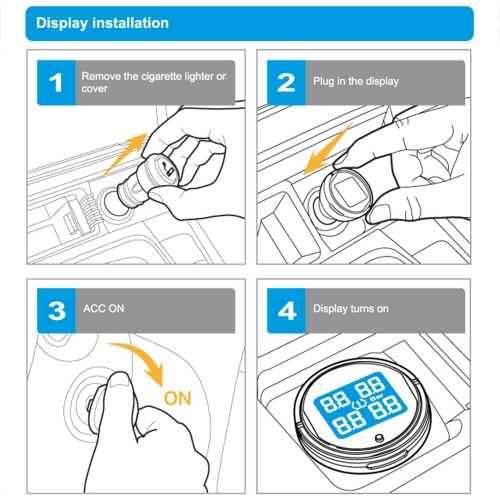 However, if the damage to the wheel is significant, unfortunately that means you may need to replace the wheel itself.
However, if the damage to the wheel is significant, unfortunately that means you may need to replace the wheel itself.
To read more about the types of damage that can and cannot be repaired, click here!
Please enable JavaScript in your browser to display pages properly.
8 (800) 707-65-40
Request a call
Remind password
Personal account
New customer
4 + 8 =I hereby confirm that I have read and agree to the terms of the privacy policy and consent to the processing of my personal data. Learn more
Request a call
Leave your phone number and a convenient time to call, and we will call you back
Shopul.I hereby confirm that I have read and agree to the terms of the privacy policy and consent to the processing of my personal data. Learn more
The service for replacing the engine oil pressure sensor (d.v.s.) in the company KOLOBOX is carried out as soon as possible at a low price!
An internal combustion engine oil pressure sensor is an element of the lubrication system that controls the oil supply pressure to the engine. If it works properly, then it informs the driver of the interruption in the volume of lubricant supplied by means of the corresponding light on the panel that lights up. The red oiler light comes on and an audible chirp is emitted immediately after the DDM detects problems in the incoming oil pressure. The oil pressure sensor is designed to prevent negative situations due to a small amount or excess of a lubricant mixture between the rubbing elements of an internal combustion engine. Some car models are equipped on the panel with a special pointer device that reports the current state of the lubrication system.
Why does the DDM fail?
Factors affecting the efficiency of the oil pressure sensor:
How to tell if the oil pressure sensor out of order?
In order to timely replace an unusable DDM, you need to know the signs that indicate its breakdown:
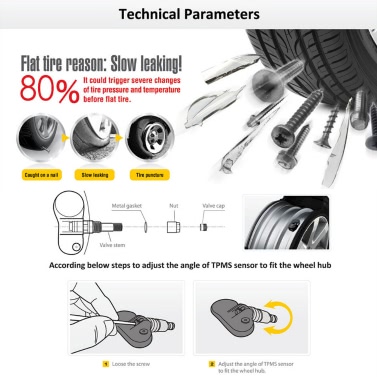
How is DDM replaced?
General oil pressure sensor replacement steps:
Go to price list
Book an appointment for tire fitting (services)
Addresses of outlets
Pirelli Warranty Premium Goodyear Warranty
Bridgestone Warrantynokian guarantee
Continental Extended Warranty
Complain
Thank
Online store KOLOBOX
A huge number of cars have tire pressure sensors in their arsenal.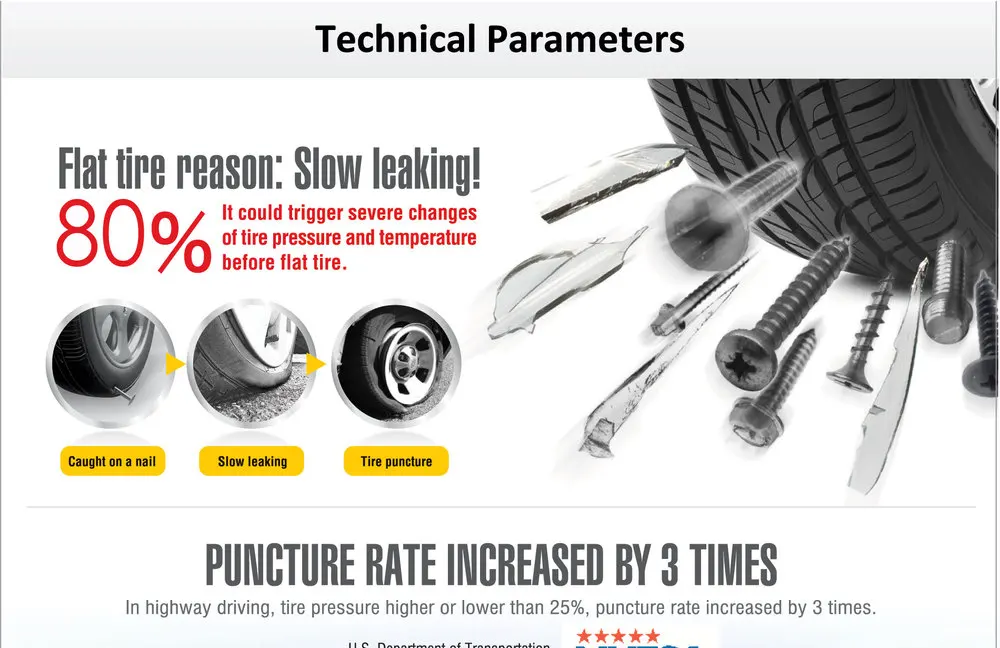 Thanks to these sensors, the BC reads all the necessary information about the pressure of each wheel, then sends the information to the control panel.
Thanks to these sensors, the BC reads all the necessary information about the pressure of each wheel, then sends the information to the control panel.
During the operation of the car, as a result of the influence of the external environment, the pressure can change noticeably, which greatly affects fuel consumption and vehicle handling. Therefore, a tire pressure sensor is a must! After all, tire pressure affects: the handling of the car, the comfort of driving the car, the brake.
The main faults of the tire pressure sensors:
The tire pressure sensor can be damaged as a result of an impact;
If the cap is damaged by mechanical impact, then the signal from it may not come at all, and therefore the sensor will not work;
The most common cause. The battery may lose charge, especially if the sensor is old.
If you notice at least one matching cause, then it is urgent to urgently replace the tire pressure sensor on the Range Rover.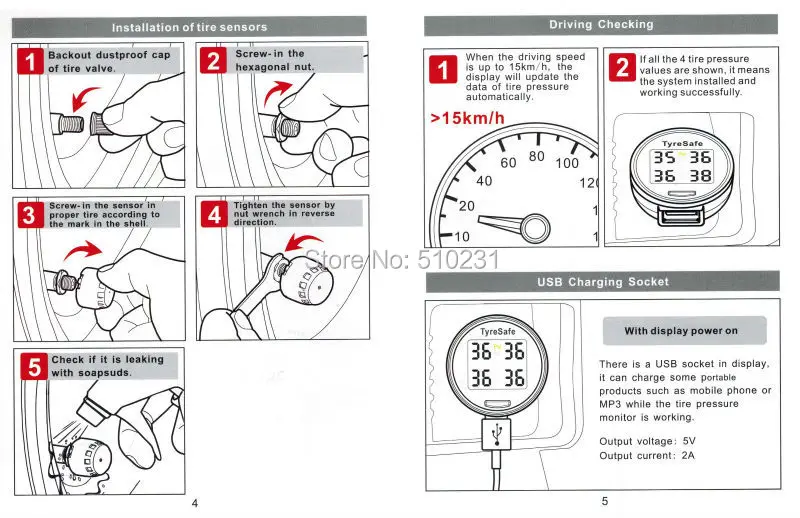 This task can be solved by highly specialized workers from the LR-Expert company. LR-Expert is a trusted auto repair shop specializing in Range Rover repairs.
This task can be solved by highly specialized workers from the LR-Expert company. LR-Expert is a trusted auto repair shop specializing in Range Rover repairs.
Benefits of replacing a tire pressure sensor on a Range Rover in LR-Expert
A huge number of car owners mistakenly choose the first car service they come across to repair their car. But unfortunately, this choice negatively affects the results of the repair and the car owner's wallet. Poor repair is a fairly common problem in Russia. New faults require subsequent repair, and so on ad infinitum. It must be remembered that not always the first car service we come across will make high-quality repairs. Often, auto mechanics in such car services take on work that they do not understand at all.
Completely opposite is the highly specialized LR-Expert car service! We are a car service center employing highly specialized car mechanics with extensive experience not only in repair work, but also in maintenance.